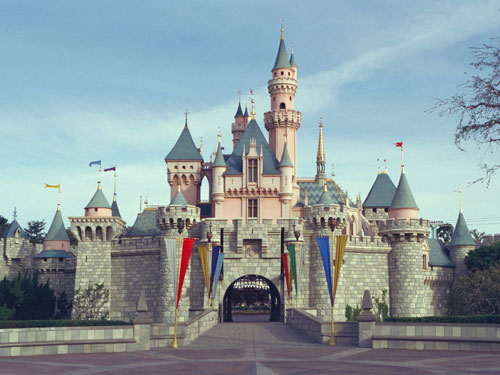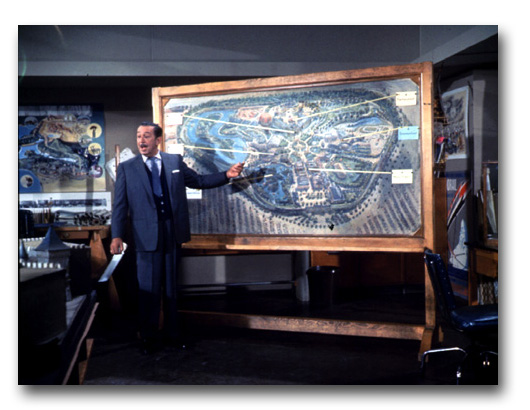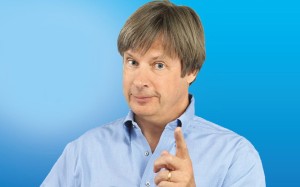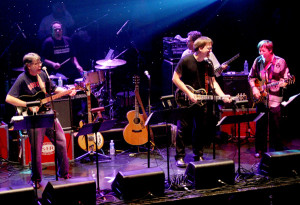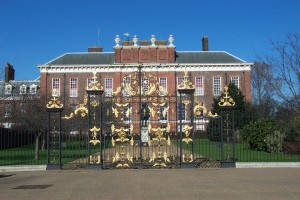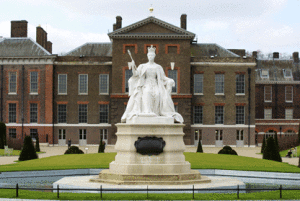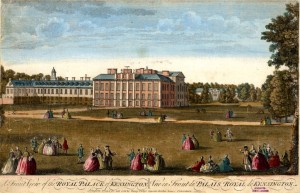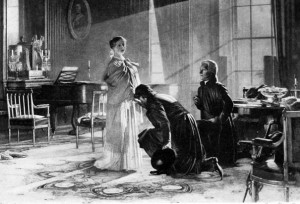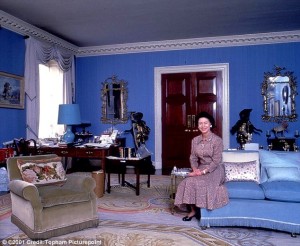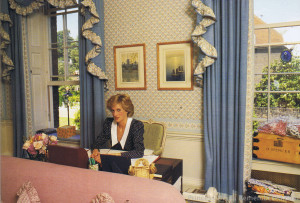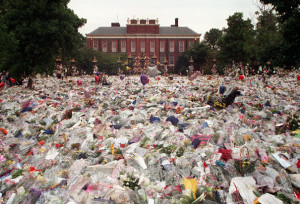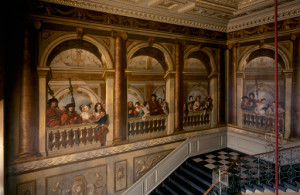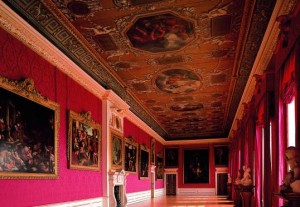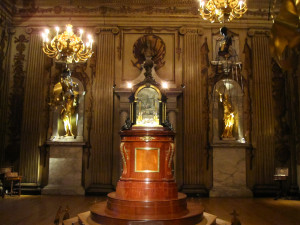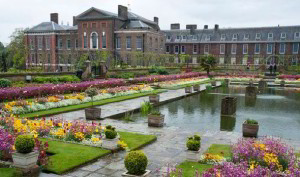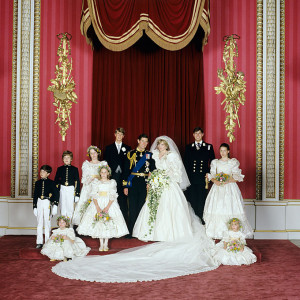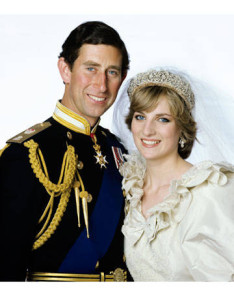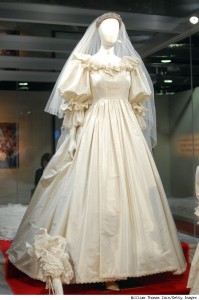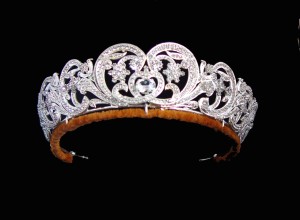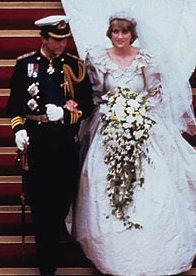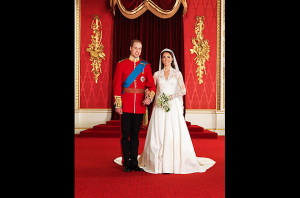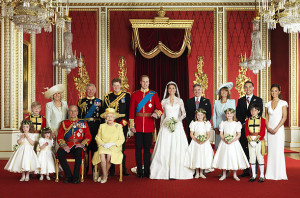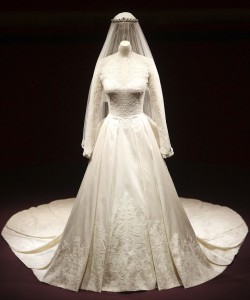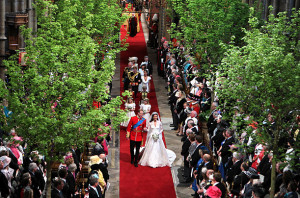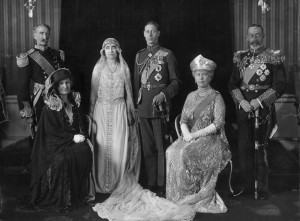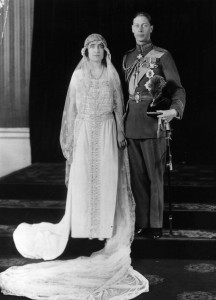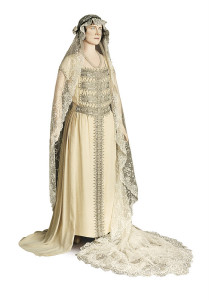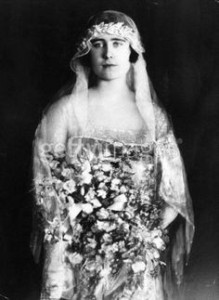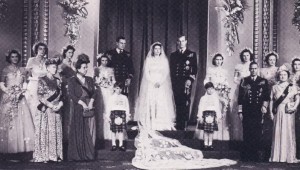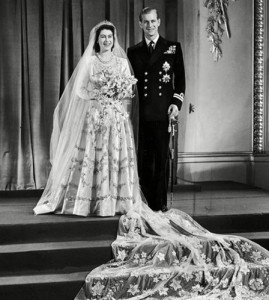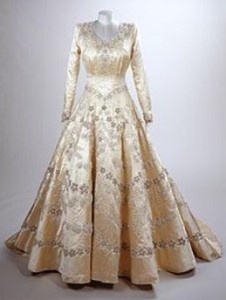One of the joys of growing up as a child in Southern California was that our family has been going to Disneyland since the 1950s. Many years later with my own children, I continued the family tradition of annual trips to Disneyland. Over the last fifty years I have seen many changes made to the park and the attractions that have come and gone. In this first of a five part series on Disneyland, I will discuss how this magical theme park started and how it has changed over the years. Then, in the next four additional posts of the series, I will offer the history of each of the eight “lands” of Disneyland, Main Street and Fantasyland, Adventureland and Frointerland, New Orleans Square and Critter Country, Tomorrowland and ToonTown.
A brief history of Disneyland
There is a famous story about how Walt Disney was inspired to build Disneyland, the story goes that while during an afternoon visit to Griffith Park located near the Burbank Studios Walt took a seat on a bench while his two young daughters rode the merry-go-round. Walt thought there should be a place where both children and their parents could enjoy spending some time together in an environment that would be both entertaining and visually appealing, so with this one thought came the vision for Disneyland.
Walt’s original plan was to build an 8 acre park located near the Burbank studios that would be a place for his employees and their families. Those plans were put on hold due to the start of World War II, but Walt never forgot. During the war and in the years after, Walt’s ideas for the park continued to develop and quickly a small park turned into something much larger!
By 1952, Walt had created a special department that was dedicated to planning his dream; it was called WED which were the initials of his name, Walter Elias Disney. His team of employees were called “imagineers” because they were pioneering a new field that blended imagination and engineering to create the new park. (The department eventually became WDI, a separate division of the Walt Disney Company, which is now based in Glendale, Ca and is currently still responsible for designing and building Disney theme parks, resorts and other venues around the world)
Finally in 1953, the first steps in building the park happened when Walt hired the Stanford Research Institute to make a survey to determine the best possible location for the future park. Taking into consideration projected population growth and accessibility of projected future major freeway construction for easy access for visitors, ultimately a location was found in Anaheim and a 160 acre property was purchased for the site of the new park.
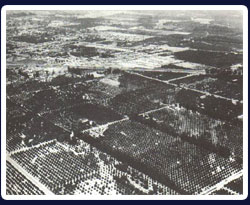
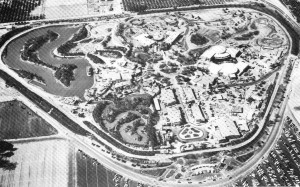
The building of the park would prove to be very expensive and to create funding for the project Walt developed the idea of the “Walt Disney’s Disneyland” television show. It turned out to be a successful idea to not only gain the money from lucrative sponsors to build the park but it was also a wonderful way to present the park to the American public and gaining excitement for the project.
Construction for Disneyland officially began on July 21, 1954, it was an ambitious building schedule of less than one year to complete the new parkt for the projected opening day. The 160 acre property needed to be cleared of orange tree groves and also 15 houses needed to be moved in order to create the space requirements for the new park. Walt’s design for Disneyland called for five different “lands” within the park: Main Street, Adventureland, Frointerland, Fantasyland and Tomorrowland. Each of these original Disneyland “lands” took elements from several previous and current Disney films and television shows: Main Street was inspired by Walt’s boyhood home of Marceline, Missouri and Adventureland was inspired by Disney’s True-Life adventure films, Frointerland was inspired by Walt’s love of the classic stories of Tom Sawyer and Davy Crockett (Davy Crockett television episodes were shown on the Disneyland television show starting in 1954), Fantasyland was inspired by many of the Disney animated films (such as Snow White, Pinocchio, Alice in Wonderland, Peter Pan to name a few!) and finally Tomorrowland was inspired by Walt’s interest in the future and this new “land” would showcase our emerging NASA space exploration .
Walt oversaw the park’s construction and progress continued at a steady pace with just a few minor delays and adjustments. Finally, the park was ready for Opening Day on July 17, 1955. On that day, Disneyland was officially opened to a select number of invited guests and the media for a Press Preview Day which was nationally televised on the ABC network. Unfortunately, several mishaps happened during that day and it was not the anticipated success that Walt hoped for, the day became known as “Black Friday” within the Disney Company. Some of the problems were caused by counterfeit tickets which increased the attendance to an unexpected 28,000 people (which was almost twice the number of people originally invited!) and there were severe traffic problems and delays for guests trying to reach the park. Guests also encountered long lines waiting to see the attractions and food supplies ran out. The weather wasn’t cooperating on that day and the temperature were unusually high causing the newly laid asphalt in the park to melt and another problem was that only a small number of water fountains were working. Finally, there were numerous technical problems during the live broadcast and the press reviews of the Opening Day of Disneyland were very negative.
Walt was concerned about the bad reviews, but the next day approximately 50,000 guests attended the first day the park was open for the general public. To show his support of Walt’s Dream, the first ticket was purchased by Roy Disney who was not only Walt’s brother but also his partner in the Disney Company. Over the first year, the operational problems of the park were resolved, additional attractions opened and attendance continued to increase in size and ultimately Disneyland proved to be a huge success.
During that first year, the park had opened with only five “lands” which were Main Street, Adventureland, Frontierland, Fantasyland and Tomorrowland. Over the following years additional “lands” were opened and currently there are eight consisting of the original five plus New Orleans Square that opened in 1966, Bear Country (later named Critter Country) in 1972 and the newest is Mickey’s Toontown which opened in 1993.
Disneyland attractions have also come and gone over the years. I remember rides like the Flying Saucers (1961-1966) and the original Carousel of Progress (1967-1973) naming just two of my favorite attractions that have been gone several years. I also remember new rides being added to the park, like the Swiss Family Treehouse (1962), It’s a Small World (1964), Pirates of the Caribbean (1967) and the Mansion Haunted (1969) and Space Mountain (1977). Over the years, during our numerous family visits to the park, we saw the Skyway ride dismantled (1956-1994), the new Fantasyland being rebuilt (1983) and the Star Tours (1987) and Splash Mountain (1989) attractions added.
To mark Disneyland 50th anniversary in 2005, the park underwent a major renovation to prepare for the special occasion. Several events were planned during the expected 18 month-long celebration which officially started with an announcement on May 5, 2005. Some of the events held during that time included a special “Remember” fireworks show, the “Parade of Dreams” and a reunion of the previous members of the Mickey Mouse Club. During the months leading up the official anniversary, people were requested to submit their photos where used to make special murals known as the “Happiest Faces on Earth” that depicted iconic Disney characters and these were scattered across the park. The Disneyland Castle was also decorated to mark the special occasion with a golden overlay and also fifty Golden Mickeys were hidden in the decorations of the park’s attractions. Finally, to note the attractions that were there on opening day in 1955, one ride vehicle on each of those attractions was painted gold.
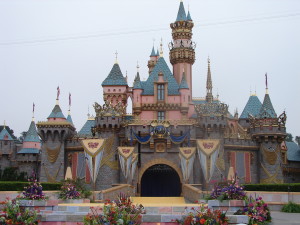
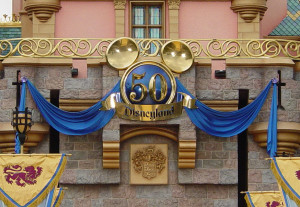
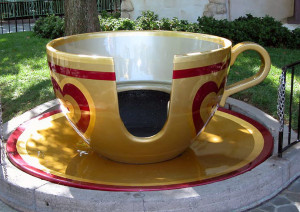
Walt Disney wanted his dream of Disneyland to continue grow and change with new rides and attractions being added continuously throughout the decades. In closing this post, I want to end with the words Walt spoke on opening day at the dedication of Disneyland.
“To all who come to this happy place: Welcome. Disneyland is your land. Here age relives fond memories of the past, and here youth may savor the challenge and promise of the future. Disneyland is dedicated to the ideals, the dreams, and the hard facts that have created America, with the hope that it will be a source of joy and inspiration to all the world.” July 17, 1955
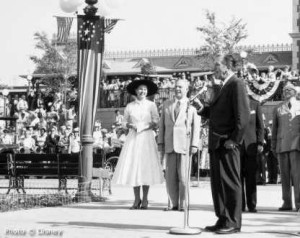
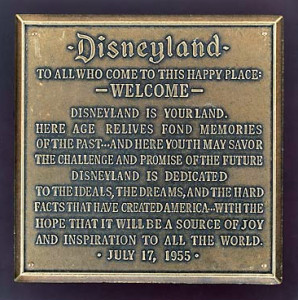
Be sure to check out the four additional posts in the Disneyland series. Part Two – Main Street and Fantasyland, Part Three – Adventureland and Frontierland, Part Four – New Orleans Square and Critter Country, Part Five – Tomorrowland and Mickey’s Toontown.

